Nestled within Vietnam’s diverse landscape, the caves in Vietnam stand as natural wonders, each unveiling unique subterranean marvels. From the awe-inspiring Paradise Cave, the longest in Vietnam, to the mysterious beauty of Hang En Cave, these geological formations captivate with their splendor. Vietnam’s caves, compared to others globally, offer an unparalleled blend of size, cultural significance, and cinematic allure, making them a must-explore destination for enthusiasts of underground wonders.
Contents
Diverse Cave System in Vietnam
Vietnamese caves constitute a captivating natural wonder, with an intricate system predominantly situated in the northern half of the country, owing to the abundance of limestone mountains. Defined as deep natural spaces or cavities within the soil or rock, these caves vary widely in size and formation. Notably, a subset of these caves, referred to as cave systems, represents large caverns delving deep into the mountains. The geographical concentration of these features is attributed to the highly developed karst terrain found in limestone mountainous regions.
Karst Landscape and Natural Heritage Sites:
Vietnam’s limestone mountains cover a substantial area, approximately 50,000 – 60,000 km2, constituting nearly 15% of the land. This geographical phenomenon is primarily concentrated in four sub-regions: Viet Bac (Ha Giang, Cao Bang, Lang Son), Northeast (Quang Ninh), Northwest (Lai Chau, Lao Cai, Son La, Hoa Binh, Ninh Binh), and North Central (Quang Binh). These regions are home to three of Vietnam’s world natural heritage sites—Ha Long Bay, Phong Nha – Ke Bang National Park, and Trang An scenic complex—all renowned for their iconic karst caves.
Vietnam’s karst caves are integral components of its natural heritage sites, contributing to the allure of iconic landscapes. Ha Long Bay, known for its breathtaking karst formations rising from the emerald waters, captivates visitors with its ethereal beauty. Phong Nha – Ke Bang National Park, recognized for its stunning karst topography, is home to the celebrated Son Doong Cave, the largest cave in Vietnam and the world. Trang An scenic complex enchants with its karst caves intertwined with serene waterways, creating a picturesque setting.
Caves in Vietnam Exploration and Discovery:
The exploration of caves in Vietnam has been a continuous endeavor, revealing a rich diversity of underground landscapes. As of 2000, approximately 200 caves had been discovered, with nearly 90% characterized as short to medium in length (less than 100m). However, subsequent to 2003, a surge in discoveries occurred in the Northwest region, uncovering over 300 caves. Notably, some of these newly discovered caves surpassed 1,000m in length, exemplified by the likes of Bat cave (1,435m), Snake cave (1,880m), and Thi Doi (1,551m),…
The significance of caves in Vietnam extends beyond their geological allure. These subterranean landscapes have cultural and historical importance, contributing to Vietnamese folklore and local traditions. The geographical distribution of limestone mountains and caves has played a crucial role in shaping the identity of various regions, creating a mosaic of natural wonders that define the northern landscape.
Top 10 Caves in Vietnam: A Journey through Natural Wonders
Vietnam, with its diverse landscape and rich geological formations, is home to some of the world’s most spectacular caves. From the enchanting Paradise Cave to the colossal Son Doong Cave, each cavern tells a unique story of time, nature, and unparalleled beauty.
1. Paradise Cave Vietnam: Longest Cave in Vietnam
Nestled within Phong Nha-Ke Bang National Park, Paradise Cave stands as a testament to Vietnam’s underground wonders. Recognized by UNESCO as a World Natural Heritage site, this 7,729m long cave boasts a majestic entrance, measuring 20-25m wide and 10m high. With 12 main caves and interconnected sub-cave branches, Paradise Cave is adorned with exquisite stalactites, creating a cool and pleasant atmosphere that captivates tourists.
2. Mua Caves Vietnam
At the foot of Mua Mountain lies Mua Caves, shaped like a large upside-down bell and covering an expansive 800 square meters. This tourist destination, located in Khe Dau Ha village, Ninh Binh province, offers a unique perspective of Vietnam’s cave landscape. In August 2018, Mua Cave earned a spot in the top 5 destinations in Ninh Binh on TripAdvisor, a testament to its allure.
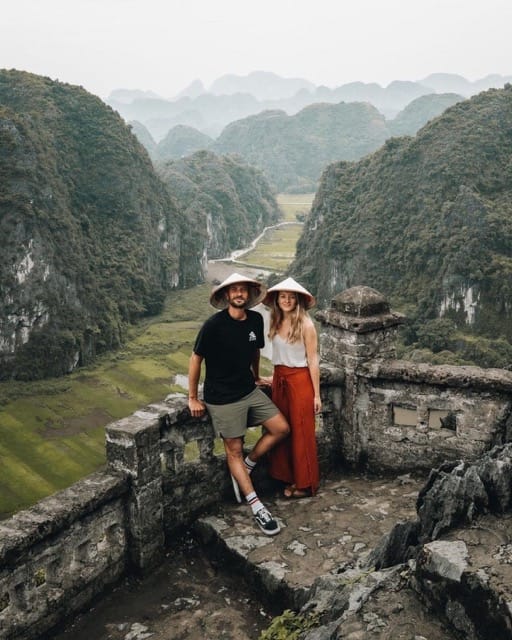
3. Hang En Cave
Situated in Phong Nha Ke Bang National Park, Hang En Cave is more than a kilometer long, featuring three awe-inspiring entrances. With sections of the cave ceiling reaching up to 100m in height and a width of 170m at its broadest point, Hang En is the third-largest cave in the world, surpassed only by Son Doong Cave and Deer Cave in Malaysia.
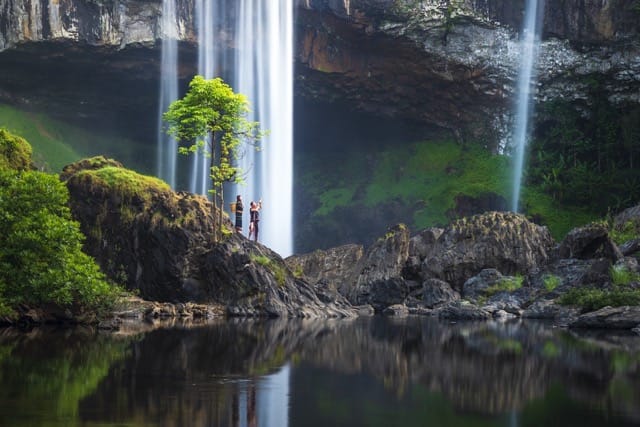
4. Phong Nha Vietnam
Phong Nha Cave, recognized by UNESCO as a World Natural Heritage site, is a fascinating labyrinth of underground wonders. Stretching 7,729m, the cave boasts a wide entrance, creating a surreal atmosphere with beautiful and eye-catching stalactite formations. This natural marvel is a popular destination for tourists seeking the allure of Vietnam’s diverse cave systems.
5. Son Doong Cave in Vietnam: Biggest Cave in Vietnam
Son Doong Cave, the crown jewel of Vietnam’s cave repertoire, holds the title of the world’s largest cave. Formed around 2-5 million years ago, this colossal cave spans 150m in width, over 200m in height, and nearly 9km in length. Some sections are so vast that they could accommodate a 40-storey building. With “sky wells” allowing sunlight to penetrate, Son Doong supports a lush tropical forest within its cavernous expanse.
6. Hang Va Cave
Considered unique and special by explorers and scientists, Hang Va Cave presents a mesmerizing underground landscape. Its floor is adorned with lakes surrounded by calcite walls, and thousands of cone-shaped stalactite pillars of varying sizes and heights densely populate the cave. The tallest cones recorded in Hang Va surpass 2 meters in height, adding to the cave’s allure.
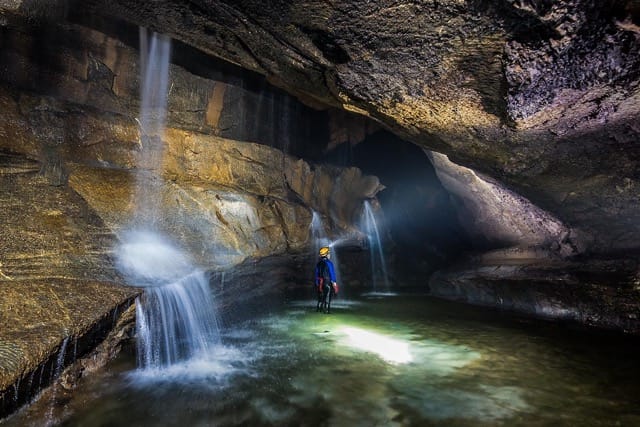
7. Hang Nước Nứt
Within the cave complex of Phong Nha Ke Bang National Park, Hang Nước Nứt offers a breathtaking display of sandbanks and stalactites in diverse shapes. First discovered in 2003, with the cave entrance revealed in 2012, Hang Nước Nứt boasts a large cave arch and a giant stalagmite wall, creating a visual spectacle for visitors.
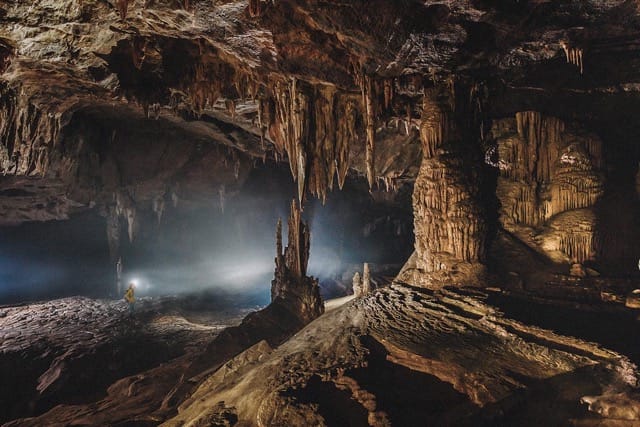
8. Hang Tú Làn
Tu Lan Cave, with its unique geomorphology, distinguishes itself among Vietnam’s cave systems. The cave showcases beautiful stalactites, waterfalls, and underground rivers, providing a distinct allure for cave enthusiasts and explorers seeking an exceptional underground experience.
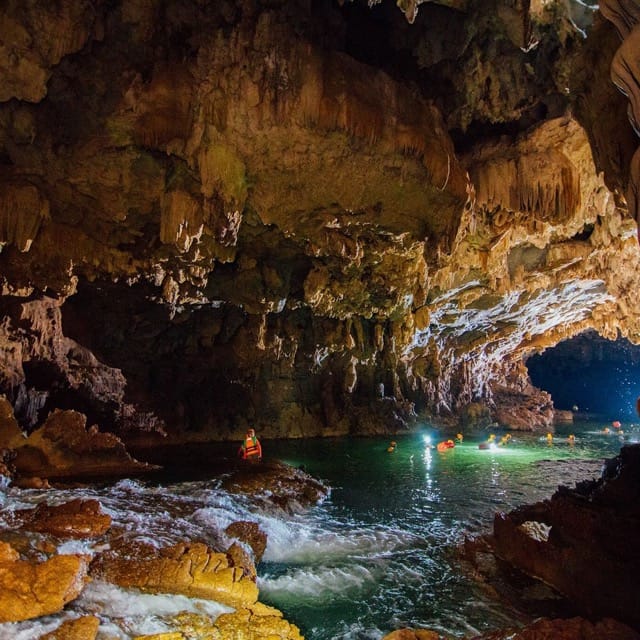
9. Sửng Sốt Cave
Sửng Sốt Cave, whose name translates to “amazement,” lives up to its reputation as a mesmerizing destination. With its limestone terrain, the cave features transformed stalactites and a cooling ambiance created by water flowing from the ceiling. This cave adds another layer of fascination to the diverse caves of Ninh Binh.
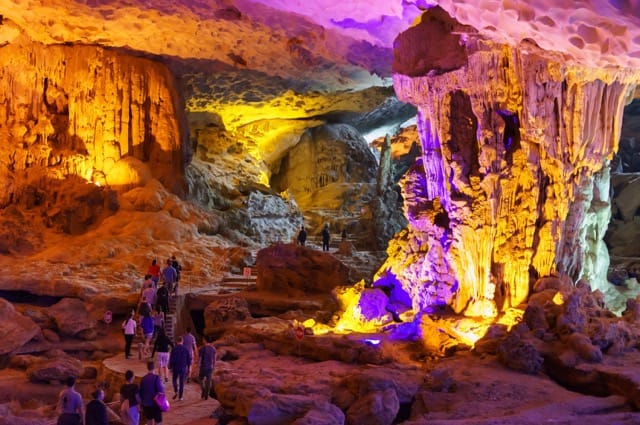
10. Hang Tràng An
Located in the Trang An Scenic Landscape Complex, Hang Tràng An complements its surrounding natural beauty. This cave is part of an eco-tourism area recognized by UNESCO as a mixed cultural and natural world heritage site. With 31 lakes and lagoons connected by 48 discovered caves, Hang Tràng An presents a surreal and peaceful landscape, seemingly untouched by human impact.
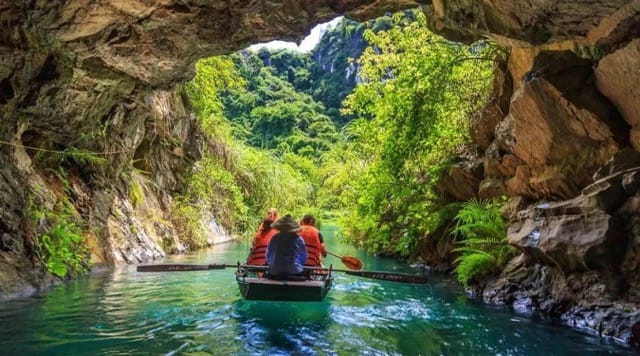
Discovering Famous Caves in Vietnam
Vietnam, a country steeped in natural wonders, is home to some of the world’s most extraordinary caves. Let’s embark on a journey to explore three renowned caves, each offering a unique glimpse into the mesmerizing underground landscape of Vietnam.
1. Phong Nha Cave Complex: A World of Wonders
Nestled within the lush expanse of Phong Nha-Ke Bang National Park, the Phong Nha Cave Complex stands as a testament to the geological marvels that grace Vietnam. Recognized by UNESCO as a World Natural Heritage site, this complex is a labyrinth of subterranean wonders waiting to be discovered.
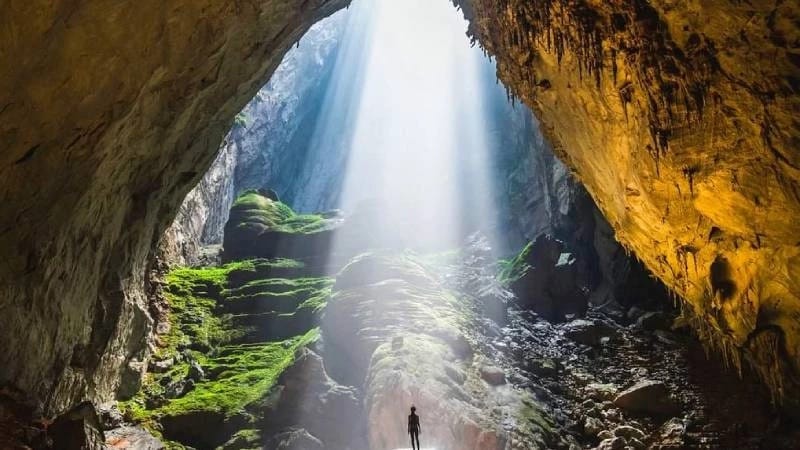
The jewel in this crown is Phong Nha Cave, a marvel that stretches an impressive 7,729 meters. Its entrance, a vast expanse measuring 20-25 meters wide and 10 meters high, welcomes visitors into a world adorned with intricate stalactites. These formations, sculpted over centuries, create a mesmerizing spectacle, captivating the imagination of those fortunate enough to venture into its depths.
As explorers navigate the intricate network of interconnected sub-caves, the cool and pleasant atmosphere within Phong Nha adds to the allure. The cave complex not only showcases the geological history of Vietnam but also provides a sanctuary for tourists seeking both natural beauty and a sense of awe-inspiring discovery.
2. Son Doong Cave: World’s Largest Cave in Vietnam
Son Doong Cave, proudly claiming the title of the world’s largest cave, is a testament to Vietnam’s geological magnificence. Formed over 2-5 million years, this colossal cave spans an astounding 150 meters in width, over 200 meters in height, and nearly 9 kilometers in length. Its sheer size dwarfs all other caves, and it stands as an unparalleled marvel in the realm of subterranean wonders.
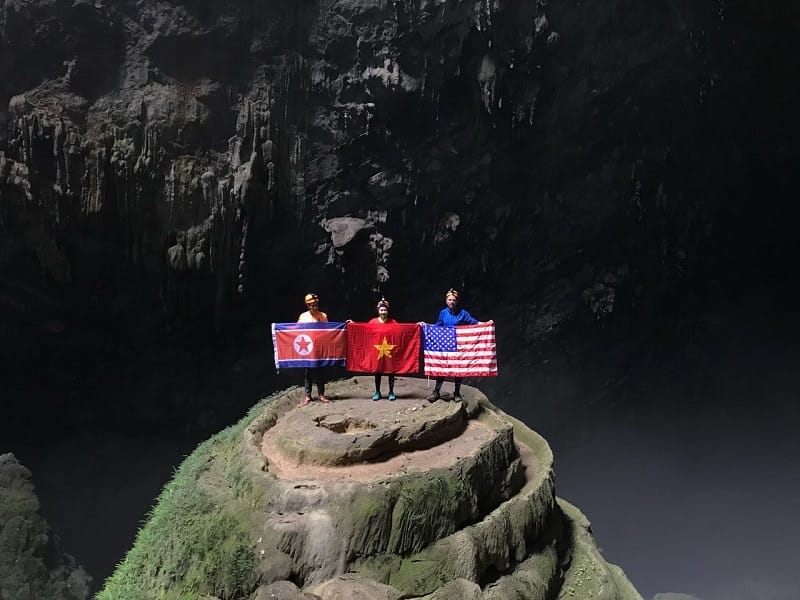
What sets Son Doong apart is not just its grandeur but the unique ecosystem thriving within its chambers. The cave features two “sky wells,” openings in the cave ceiling that allow sunlight to penetrate, creating an environment where a lush tropical forest has taken root. The juxtaposition of colossal chambers and delicate ecosystems makes Son Doong a must-visit for those seeking an adventure of a lifetime.
Exploring Son Doong is a journey through colossal passages, awe-inspiring stalactites, and an underground river, providing an immersive experience into the heart of Vietnam’s geological history. As visitors traverse its chambers, they witness the harmonious interplay of light and shadow, unveiling a world hidden beneath the surface.
3. Exploring the Longest Cave in Vietnam: Paradise Cave
In the heart of Vietnam lies Paradise Cave, a subterranean masterpiece that holds the distinction of being the longest cave in the country, spanning an impressive 31.4 kilometers. Situated within the Phong Nha-Ke Bang National Park, Paradise Cave lives up to its name, offering a mesmerizing journey through one of the longest cave systems in Vietnam.
Paradise Cave, discovered in 2005, unfolds its wonders through a stunning array of stalactites and stalagmites, each formation more captivating than the last. The cave’s intricate beauty extends over vast distances, creating a subterranean world that beckons explorers and nature enthusiasts alike.
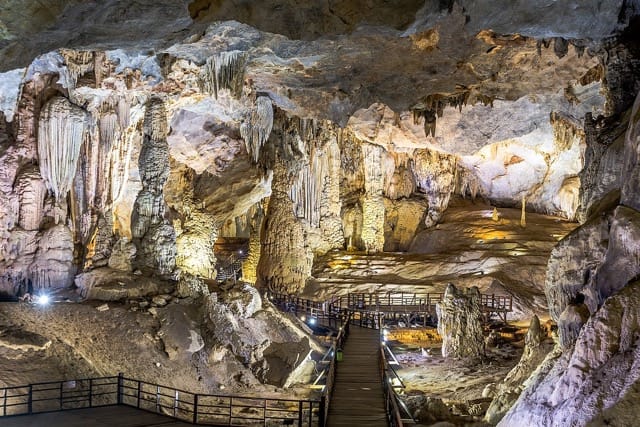
What sets Paradise Cave apart is not only its length but the surreal beauty found within its chambers. The cave’s ceiling adorned with transformed stalactites and the cool, refreshing air created by water flowing from the ceiling add to the enchantment of this underground realm. As visitors traverse its expansive passages, they are treated to a visual feast that underscores the diversity of Vietnam’s cave systems.
Planning Your Cave Exploration in Vietnam
Planning your cave exploration in Vietnam requires careful consideration of various factors to ensure a safe, memorable, and enriching experience.
Cave Tours and Adventures
Finding the Best Cave Tours in Vietnam
Vietnam boasts a plethora of cave tours, each offering a distinct experience. Research and choose reputable tour operators with experienced guides who can enhance your journey with insightful information about the geological formations and cultural significance of the caves. Look for reviews, seek recommendations, and opt for operators with a commitment to environmental conservation.
Ideal Times to Visit Caves in Vietnam
The timing of your cave exploration plays a crucial role in your experience. Consider the climatic conditions and choose a season that aligns with your preferences. While caves maintain a relatively constant temperature, the surrounding weather can impact accessibility and outdoor activities. Dry seasons, typically from November to April, are often preferred for cave exploration, minimizing the risk of flooding and ensuring a more comfortable experience.
Keep in mind that specific caves, such as Hang En Cave, are accessible only from December to September. Additionally, many caves require visitors to go with tour operators. Therefore, it’s imperative to check tour availability, seasonal restrictions, and any specific regulations associated with each cave before planning your trip.
Safety Measures and Regulations
Guidelines for Safe Cave Exploration
Safety should be a top priority when venturing into the intricate world of caves. Abide by established safety guidelines provided by tour operators and park authorities. These guidelines often include wearing appropriate safety gear, staying on designated paths, and following the instructions of experienced guides. Be mindful of your physical limitations and communicate any health concerns to ensure a safe and enjoyable adventure.
Navigating Regulations for Vietnam Cave Visits
Vietnam has specific regulations in place to preserve its cave ecosystems and ensure the safety of visitors. Familiarize yourself with these regulations before embarking on your journey. Some caves may have restricted access or require permits, so check in advance and obtain any necessary documentation. Adhering to regulations not only protects the environment but also contributes to the sustainability of cave tourism.
Equipping for Safety: Cave Tour Essentials
Proper equipment is essential for a safe and comfortable cave exploration. Ensure you are equipped with sturdy footwear, a reliable headlamp or flashlight, a helmet, and appropriate clothing. Pack essentials such as water, snacks, and a first aid kit. If engaging in more challenging caving activities, consider additional gear like gloves and knee pads. Be attentive to the guidance provided by your tour operator regarding the specific equipment required for your chosen adventure.
Caves in Film
Kong: Skull Island and Vietnam’s Cave Locations
Vietnam’s majestic caves have transcended the boundaries of reality to become prominent features in international film productions. “Kong: Skull Island,” a blockbuster set against the backdrop of Vietnam, prominently features the breathtaking landscapes of Ha Long Bay, showcasing its iconic caves. This film not only introduces the world to Vietnam’s natural beauty but also integrates the mystical allure of caves into mainstream cinema.
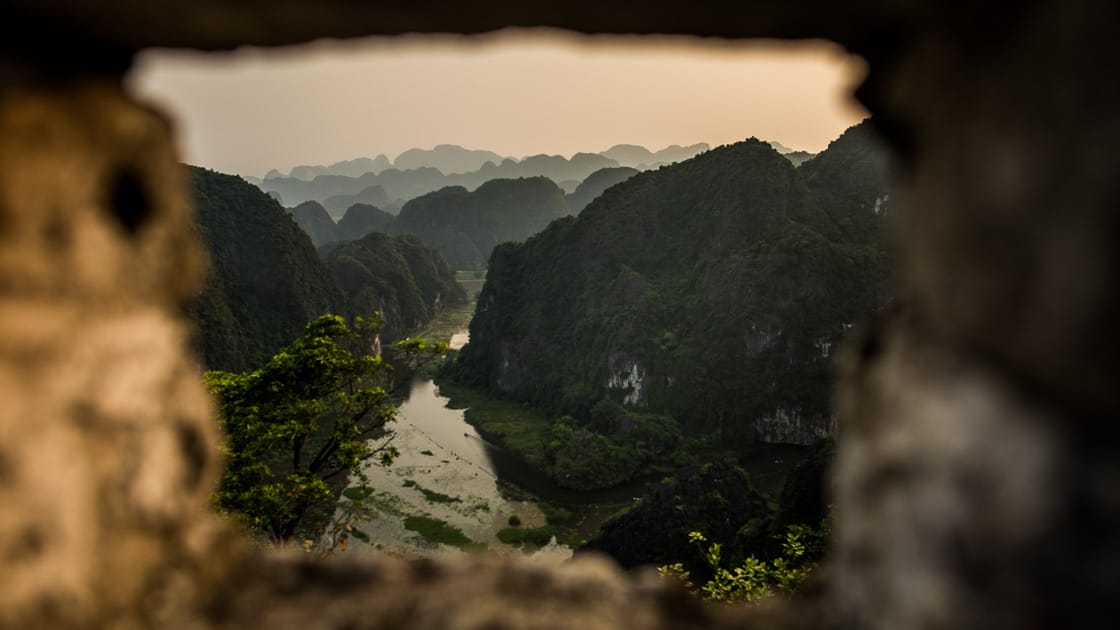
Pan: Welcome to Neverland
In May 2014, Oxalis, in collaboration with its location partner Indochina Productions, successfully persuaded the film crew of “Peter Pan: The Neverland” to shoot certain scenes at the awe-inspiring Hang En Cave. Following intense negotiations, Oxalis and Warner Brothers Feature Film (WB) reached an agreement to film specific sequences within the cave. Oxalis efficiently managed all logistics, assembling a filming crew of 10 individuals who dedicated two days to capture the captivating scenes.
The WB team embarked directly to Hang En, meticulously surveying and photographing the cave’s intricate structures. The footage was recorded in a cutting-edge 3D format, destined for post-production in the United States. Additionally, the film crew explored other renowned locations in Vietnam, including Ninh Binh and Ha Long Bay, capturing numerous scenes that would contribute to the cinematic tapestry of “Peter Pan: The Neverland.” This collaboration not only highlighted Hang En’s unique charm but also showcased the diverse and picturesque landscapes that Vietnam has to offer.
Conclusion
Discover the allure of Vietnam’s caves with a recap of their marvels. Venture into the underground beauty that awaits, inviting readers to embark on their own Vietnamese cave expedition. Start planning and delve into the unknown, fostering a spirit of exploration and discovery. Your journey into the subterranean wonders of Vietnam awaits.
Frequently Asked Questions
What is the name of the famous cave in Vietnam?
The famous cave in Vietnam is Son Doong Cave, renowned as the largest cave in the world.
How many caves does Vietnam have?
Vietnam is home to nearly 1000 discovered caves, each with its unique charm and geological formations.
Can you visit the largest cave in Vietnam?
Yes, Son Doong Cave, the largest cave in the world, is accessible to visitors through guided tours.
Which is the longest cave in the world in Vietnam?
While Paradise Cave is recognized as the longest cave in Asia (31.4 km), the title of the longest cave in the world goes to Mammoth Cave in the United States.


Related Posts
Top 5 Best Homestay Can Tho: Explore Local Culture
Can Tho, the vibrant heart of the Mekong Delta, offers travelers an extraordinary opportunity to experience authentic Vietnamese culture through its charming homestays. For travelers seeking genuine connections with local families and immersive cultural experiences, choosing the best homestay Can Tho provides an unforgettable alternative to conventional hotels. This comprehensive guide showcases the finest homestay […]
Can Tho Bike Tours: Explore the Mekong Delta On Two Wheels
Can Tho, the vibrant heart of the Mekong Delta, offers travelers an extraordinary opportunity to explore Vietnam’s “rice bowl” region at a leisurely pace through can tho bike tours. Whether you’re seeking cultural immersion, natural beauty, or simply an eco-friendly way to explore, cycling through Can Tho’s landscapes offers an unforgettable perspective on Mekong Delta […]
How To Get To Ho Chi Minh Book Street: Direction & Transport
Ho Chi Minh City Book Street, officially known as Nguyen Van Binh Book Street, stands as one of the most charming cultural destinations in Vietnam’s bustling commercial capital. For visitors wondering how to get to Ho Chi Minh book street, this comprehensive guide provides detailed directions and transportation options to help you navigate to this […]